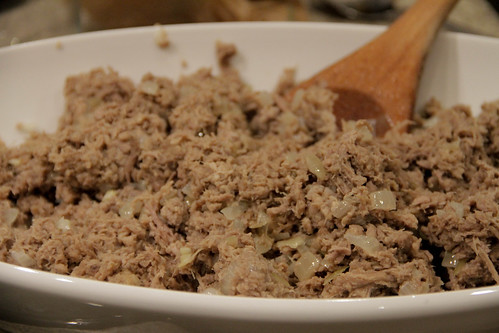Lesotho cuisine: Exploring its bread and grain options
When it comes to exploring the culinary offerings of a new country, bread and grains are often an excellent place to start. These staples form the backbone of many traditional dishes and can provide insight into a country’s history, culture and geography. Lesotho, a landlocked country in Southern Africa, is no exception. In this article, we’ll take a closer look at the bread and grain options available in Lesotho’s cuisine.
Staple foods: Breads and grains in Lesotho’s diet
Like many African countries, Lesotho’s cuisine is heavily reliant on starches. Breads and grains are eaten at most meals, either as a side dish or as the main component of a dish. While meat and vegetables are also significant parts of the diet, bread and grains provide the bulk of the calories and nutrients needed to sustain a population.
Sorghum, maize and wheat: The most common grains
The most commonly used grains in Lesotho are sorghum, maize and wheat. Sorghum, a high-fiber, gluten-free grain, is used to make a traditional beer called bojalwa, as well as porridge and bread. Maize, or corn, is another staple ingredient, and is used to make pap, a thick porridge that is often served with stews or braised meats. Finally, wheat is used to make bread and other baked goods, such as scones and biscuits.
Pone, chakalaka and more: Bread varieties to try
One of the most popular breads in Lesotho is pone, a dense, cornmeal-based bread that is often served with meat or vegetable stews. Another bread to try is chakalaka, a savory bread that is flavored with spices, chilies and vegetables. Other bread varieties include katlehong, a sweet bread made with raisins, and bokonutu, a bread that is made with sorghum.
The role of Liphako tsa Ntoa in Lesotho’s cuisine
Liphako tsa Ntoa, or Lesotho bread, is a type of flatbread that is made with sorghum flour and water. It is a staple food in many parts of Lesotho and is often eaten with meat or vegetable stews. While it is not as commonly found in urban areas, it is an important part of the diet in rural communities and is a symbol of Lesotho’s agricultural heritage.
Cultural influences on Lesotho’s bread and grain choices
Lesotho’s cuisine has been influenced by a variety of cultural factors, including its history as a British protectorate and its proximity to South Africa. As a result, many of the breads and grains used in Lesotho’s cuisine reflect these influences. For example, pap and chakalaka are popular dishes in South Africa and have made their way into Lesotho’s cuisine. On the other hand, breads like pone and Liphako tsa Ntoa are unique to Lesotho and reflect the country’s cultural identity.

